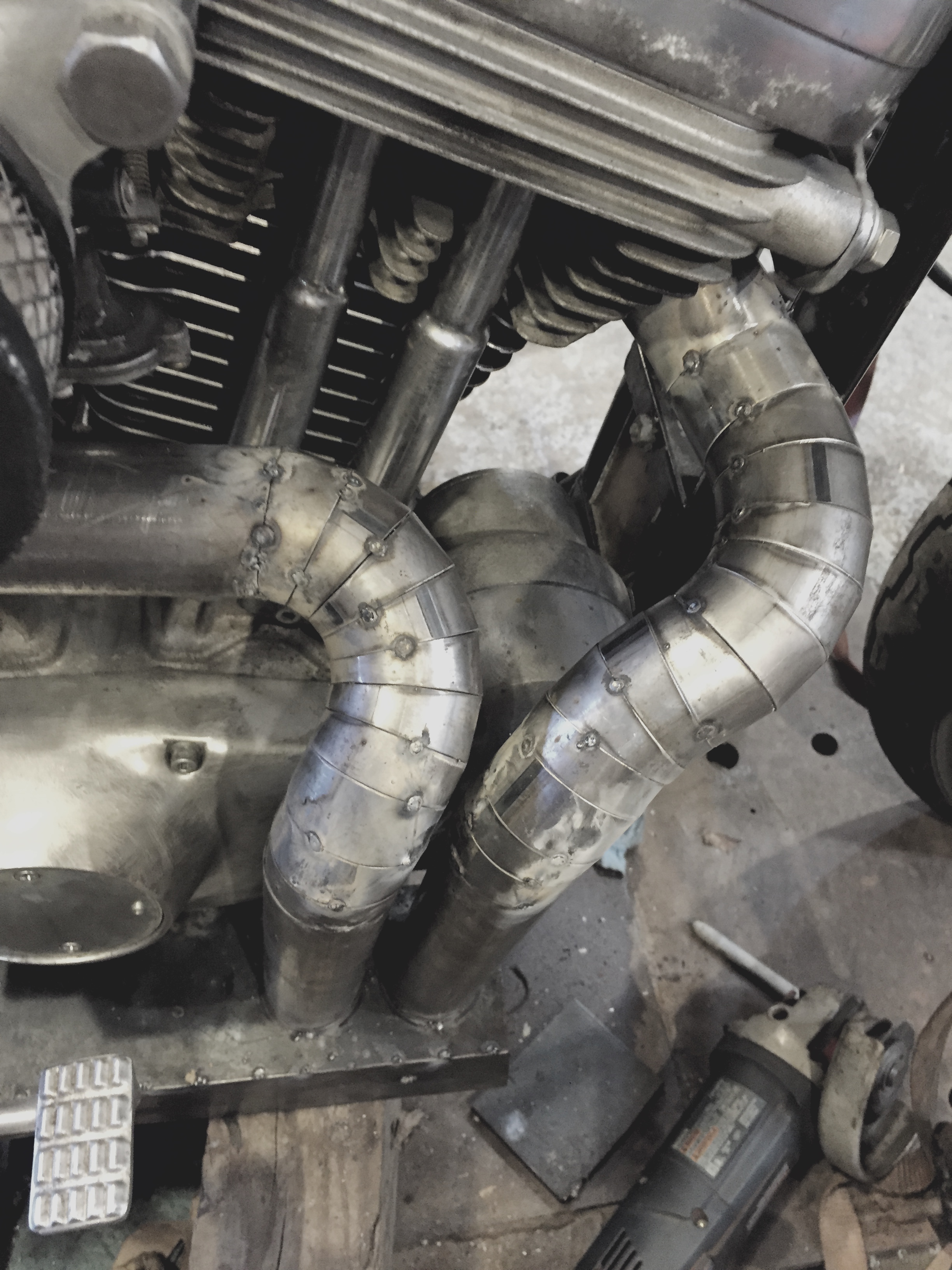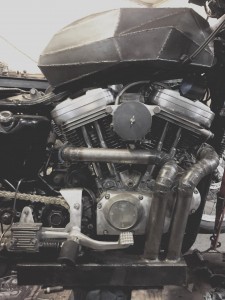
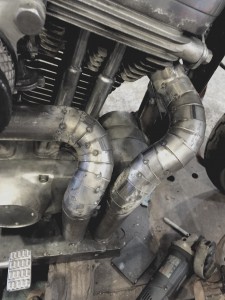
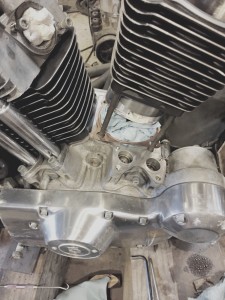
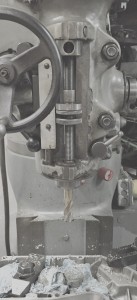
As my project continues, and I work through the various systems of the motorcycle, I’ve been thinking of the nature of the work I am doing, and its role in society. In my last post I wrote about the merit and intellect that I see in working with one’s hands; in this post I will discuss what I consider to be the implications in the larger context of which this work is being done.
In today’s modernity, many items of production, whether it be a motorcycle, a cell phone, or an appliance–to name a few–are built with technological advances that would seem unbelievable to previous generations. The complexity in which any functional item is constructed is a product of the precision and ability of automation. The human hand has largely been removed from the production line; allowing for items to be built beyond the capacity of our own ability to create. Take for instance the phone in your hand or pocket: it most likely has very few screws or fasteners visible. If you wanted to know how it worked, to take it apart, to view its components and construction, the task would likely be too daunting to pursue. In this, we as consumers, are in an instance where we do not have the ability to understand the means of operation of the items we own. We are separated from mechanical properties, from components of design. As such, we interact only with the facade of an item in its truest sense. When a modern car breaks down, it is towed to a garage, and a plugged into a small hand held computer by a technician to diagnose the problem. We, as consumers, rarely are able to interact with the internals of countless items in our life. While it could be said that this allows for a streamlining of maintenance, and the pleasant ease of convenience, I feel as if this disconnect will pose grand challenges in our future. My generation, who has largely been unable to dissect and engage with the inner-workings of the items of our lives, will soon be assuming the positions of designers and engineers. We will be entering the multitude of professional fields that are responsible for the production of our goods and items without a foundational understanding of how things work.
